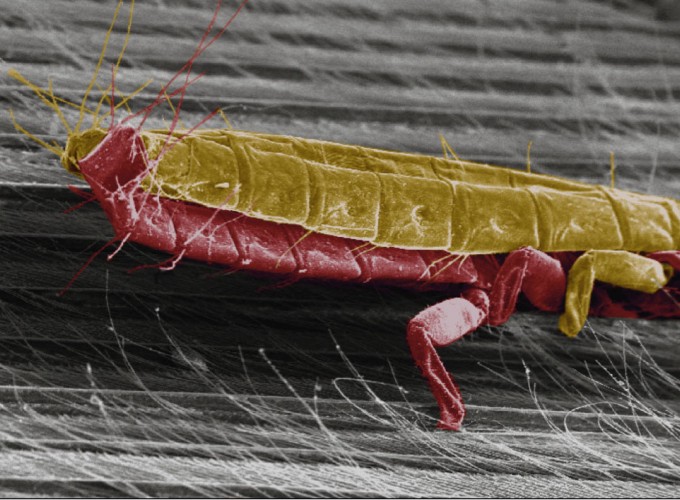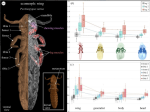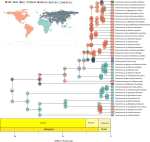Despite their diversity, relevance, and conservation status, fundamental aspects of the Ecology, Evolution, and Conservation Biology of symbionts are inadequately understood, especially when compared to what is known about free-living organisms. This lack of knowledge is particularly severe in the understanding of the role of hybridization and introgression, a process with a vital but still poorly understood role in the Ecology, Evolution, and Conservation Biology of many taxa.
The overall aim of this proposal is to understand how hybridization operates in symbionts, a group of taxa exhibiting unique eco-evolutionary trajectories, and for which hybridization has almost never been studied. The research objectives are:
- To investigate the pattern of introgression across the global tree of lice.
- To research the role of introgression in shaping key eco-evolutionary variables related to dispersal and host-switching.
- To study the relationship between introgression levels and symbiont extinction rate.








